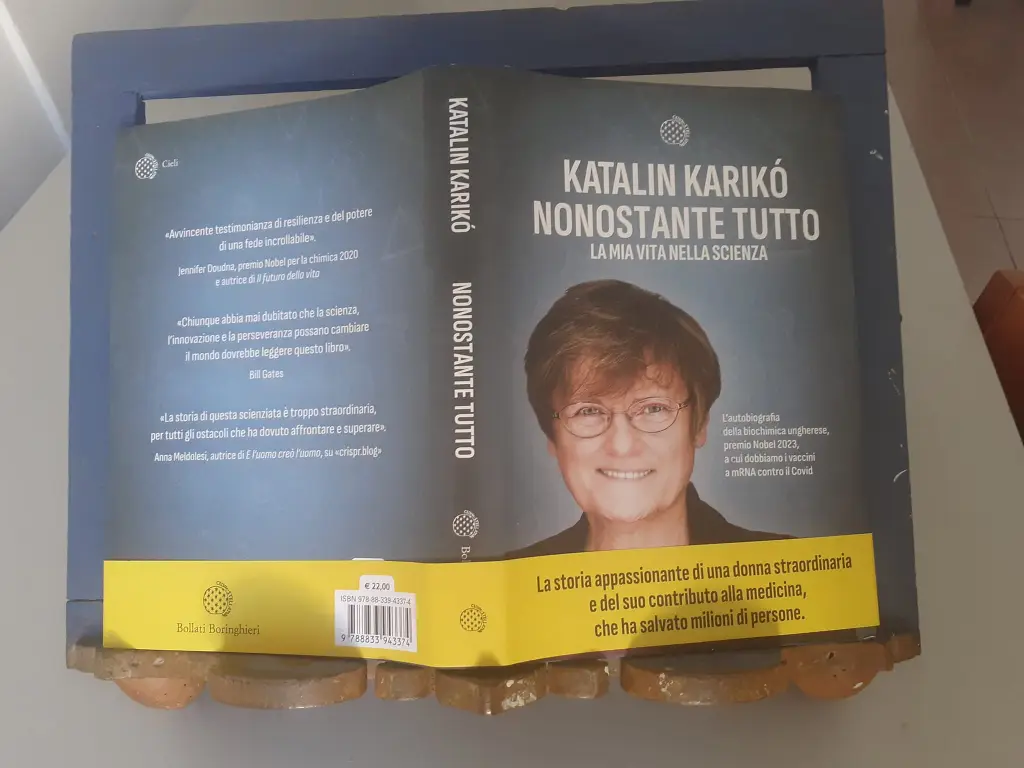
The Italian publisher did me the crazy honor of including a quote from me on the back cover of the best book of the year (IMHO), along with quotes from CRISPR inventor Jennifer Doudna and Bill Gates. The autobiography of Katalin Karikó, the mRNA vaccine scientist, is a must-read for those who love great science and great minds. We had already blogged about her in the aftermath of the Nobel Prize.








 Refining, chiselling, correcting DNA letter by letter. You can do it simultaneously in dozens of selected sites, or in one place, leaving no trace. A new kind and powerful technique is changing the face of biology. Cheap and easy to handle but precise as a laser. It allows reaserchers to change living organisms as they wish, by carefully targeting their DNA. It doesn’t bombard them by means of random mutations, it doesn’t cut and sew the DNA in a traditional way, as in the past. Will it transform medicine, agriculture and the world as we know it? Enthusiasm and fears are chasing each other, and this book explains the unfolding revolution. Welcome to the age of CRISPR.
Refining, chiselling, correcting DNA letter by letter. You can do it simultaneously in dozens of selected sites, or in one place, leaving no trace. A new kind and powerful technique is changing the face of biology. Cheap and easy to handle but precise as a laser. It allows reaserchers to change living organisms as they wish, by carefully targeting their DNA. It doesn’t bombard them by means of random mutations, it doesn’t cut and sew the DNA in a traditional way, as in the past. Will it transform medicine, agriculture and the world as we know it? Enthusiasm and fears are chasing each other, and this book explains the unfolding revolution. Welcome to the age of CRISPR.